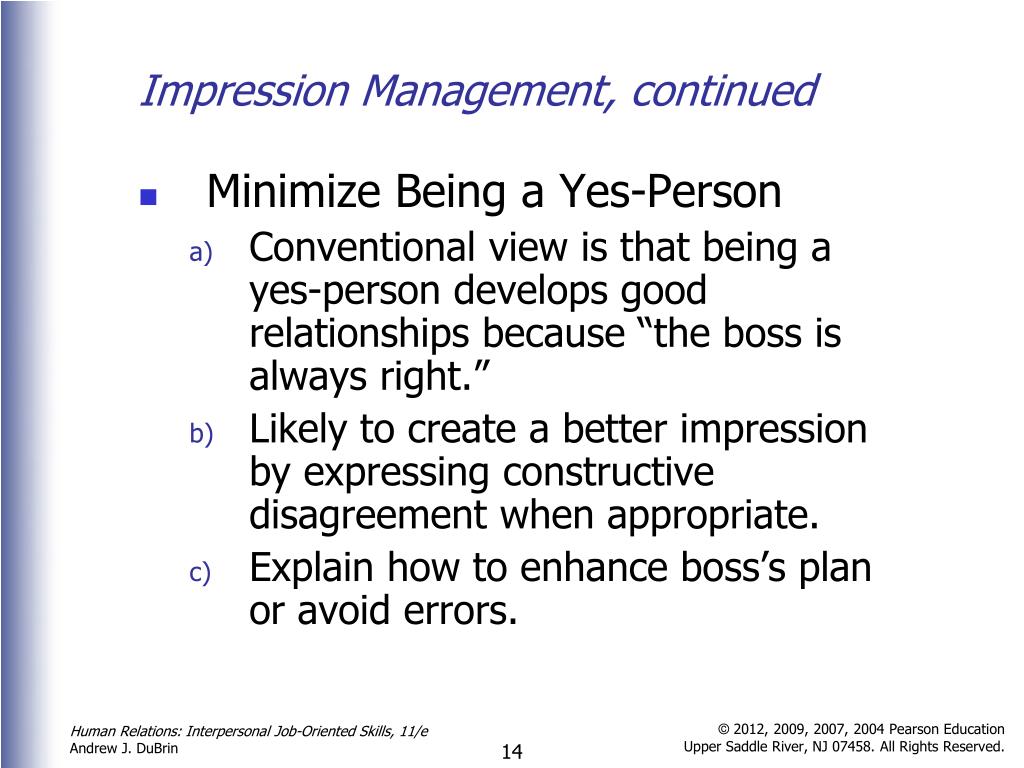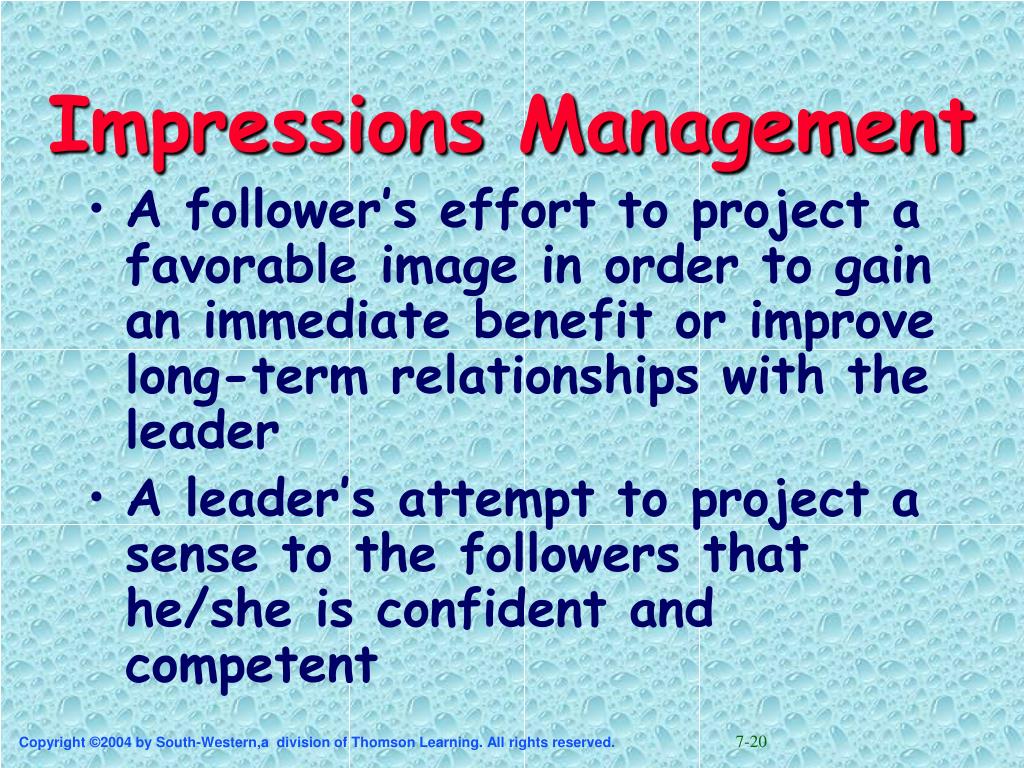

Mead's second stage of social experiences, in which children enter organized activities and learn to imagine the viewpoints of several others at the same time.Ī conception of the attitudes and expectations held in common by the members of the organized groups with whom one interacts.Īn individuals evaluation of self as a member of a racial or ethnic group. Contrasts with back regions, where they allow themselves to violate appearances while they prepare, rehearse, and rehash performances.

In front regions, people carry out interaction performances and exert efforts to maintain appropriate appearances. The feeling that people experience when interaction is disrupted because the identity they have claimed in an encounter is discredited.Ī set of widely understood rules or conventions pertaining to a transient but repetitive social situation that indicate which roles should be enacted and which behaviors are proper.Ī setting used to manage appearances. By using disclaimers, a person suggestions that although the impending acts may ordinarily imply a negative identity, his or hers is an extraordinary case. An agreement among persons about wwho they are, what actions are appropriate in the setting, and what their behaviors mean.Ī verbal assertion intended to ward off any negative implications of impending actions by defining these actions as irrelevant to one's established social identity. In symbolic interaction theory, a person's interpretation or construal of a situation and the objects in it. Contrasts with front regions, where people carry ou interaction performances and exert efforts to maintain appropriate appearances.Ĭharacteristics of self or categories of outcomes on which a person stakes his or her self-esteem.Ī response to repeated or glaring failures that gently persuades an offender to accept a less desirable, though still reasonable, alternative identity.

In back regions, people allow themselves to violate appearances, while they prepare, rehearse, and rehash performances. Tactics we use to impose roles and identities on other that produce outcomes to our advantage.Ī setting used to manage appearances. Accounts take two forms - excuse that minimize one's more socially acceptable manner.Īctions people use to define their apparently questionable conduct as actually in line with cultural norms, thereby repairing social identities, restoring meaning to situations, and reestablishing smooth interaction. Explanations people offer after they have performed acts that threaten their social identities.


 0 kommentar(er)
0 kommentar(er)
